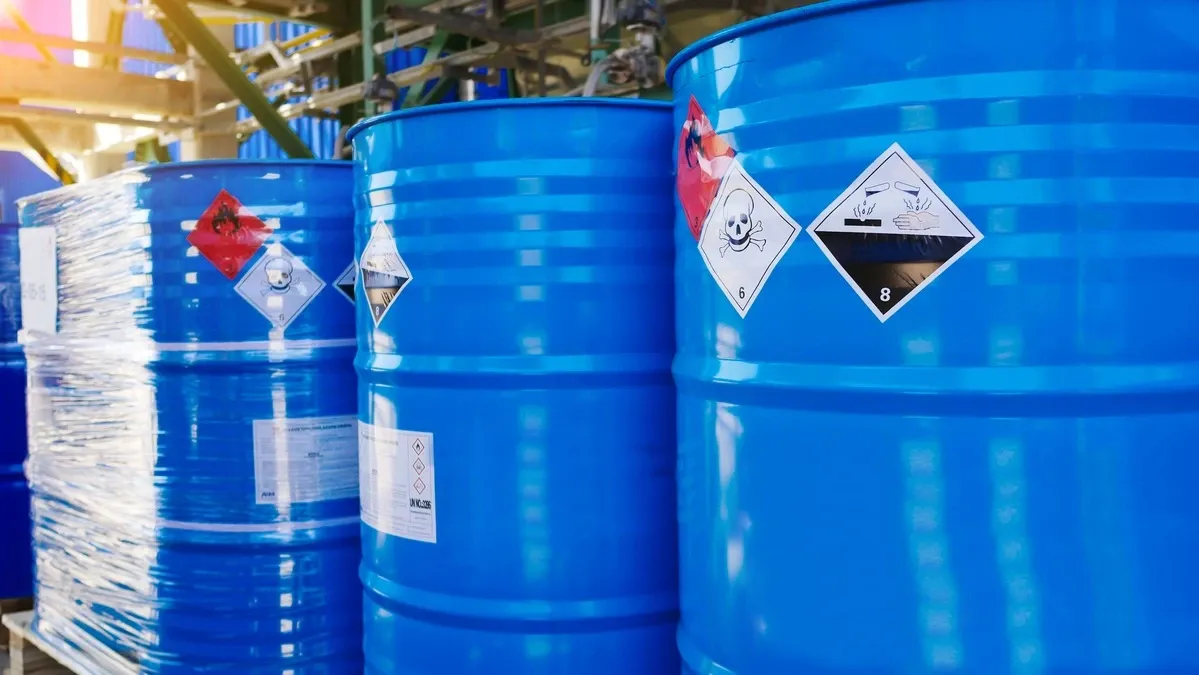The Panama Maritime Authority has published merchant marine circular MMC-142 regarding the Emergency Escape Breathing Devices (EEBD).
Scope
According to the 2000 amendments to SOLAS 74, Chapter II-2, Reg. 13, Emergency Escape Breathing Devices (EEBD) are mandatory for ships requiring a safety equipment certificate, used for escaping hazardous atmospheres.
This circular applies to all Panamanian ships and offshore units under the International Convention for the Safety of Life at Sea, 1974, as amended (SOLAS).
Offshore units certified under the 1979, 1989, or 2009 MODU Code must have EEBDs as if SOLAS certified.
Requirements
EEBD provisions for Panama-flagged ships:
Ensure a minimum of two Emergency Escape Breathing Devices (EEBDs) are present in accommodation areas of cargo ships, along with one spare EEBD, applicable to both new and existing ships.
For new and existing passenger ships with up to 36 passengers, provide at least two EEBDs per main vertical zone and maintain a total of two spare EEBDs.
For new and existing passenger ships with more than 36 passengers, equip each main vertical zone with a minimum of four EEBDs and keep a total of two spare EEBDs.
According to UI MSC/Circ.1081, ensure the following minimum EEBD quantities in machinery spaces:
- One EEBD in the engine control room if located inside the machinery space.
- One EEBD in the machine shop or work area, unless there is direct access to an escape route, in which case an EEBD is not necessary.
- One EEBD near the escape ladder used as a second means of egress from the machinery space, with one EEBD required for each deck.
If the ship has a machinery space with more than one deck, then one EEBD for each deck shall be placed in the same area as stated above.
Additional Spares
Applicable to new and existing ships:
- 10 or fewer EEBDs: One spare device.
- 11 to 20 EEBDs: Two spare devices.
- More than 20 EEBDs: Spares equal to 10% of applicable EEBDs (up to 4 spares).
Additional requirements:
- EEBD service duration: Minimum 10 minutes, specified in the fire control plan.
- Compliance for existing ships by the first survey after July 1, 2002.
- Technical standards in the "International Code for the Fire Safety System (FSS Code)."
- "New ships" constructed after July 1, 2002; "Existing ships" constructed before that date.
- Authorized Organizations to follow guidelines before issuing certificates.
Training
- EEBD training as part of basic safety training, starting May 1, 2018, with at least one training device.
- Additional training device required unless onboard means of recharging EEBD is provided.
- Personnel trained to don EEBD immediately in life-threatening atmospheres.
- EEBD use for escaping machinery spaces and providing emergency assistance.
Survey
Recognized Organizations verify during Safety Equipment surveys:
- Manufacturer's instructions available onboard.
- EEBDs inspected and maintained per instructions.
- Up-to-date records of inspection, maintenance, and testing.
Organizations shall notify the Panama Administration if a ship doesn't meet inspection, testing, or spare requirements.
Inspection and Testing
- Annual inspection of all EEBDs by a competent person.
- Maintenance per manufacturer's instructions.
- Hydrostatic pressure testing every five years or as specified by the manufacturer.
- EEBDs with specified service life don't require hydrostatic testing.
This circular was published on 1 November 2023 and replaces MMC-119.
For more information, please see the document below (available only to subscribers):
Emergency Escape Breathing Devices (EEBD)

Sign up for our newsletter
Your most up-to-date maritime regulations news
It's free. No spam. Cancel anytime.










Related News
Hong Kong: Collision in Suez Canal and safety measures
Jul 26, 2024
IMO revises guidelines for high manganese steel in cryogenics
Jul 26, 2024
Liberia: Increased measures following missile incident in Bab El Mandeb Strait
Jul 23, 2024